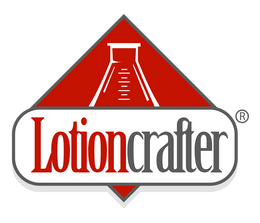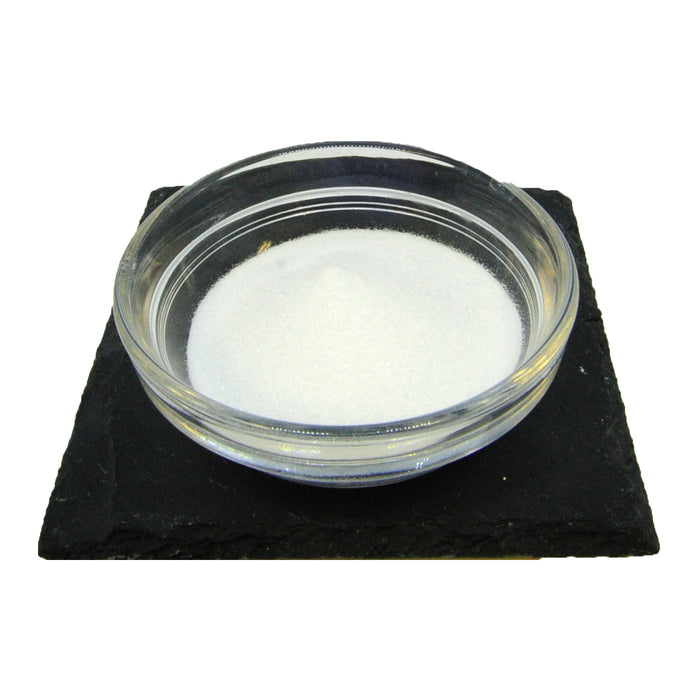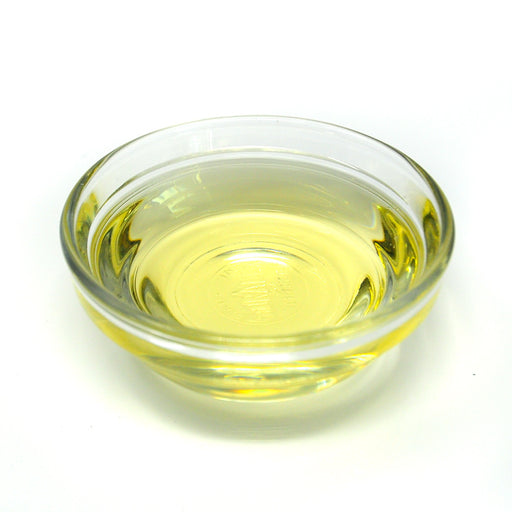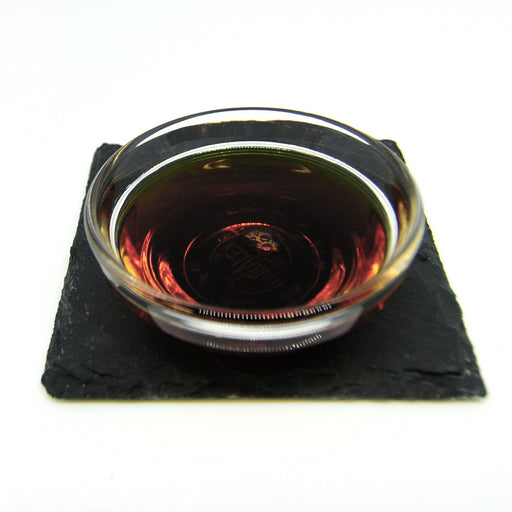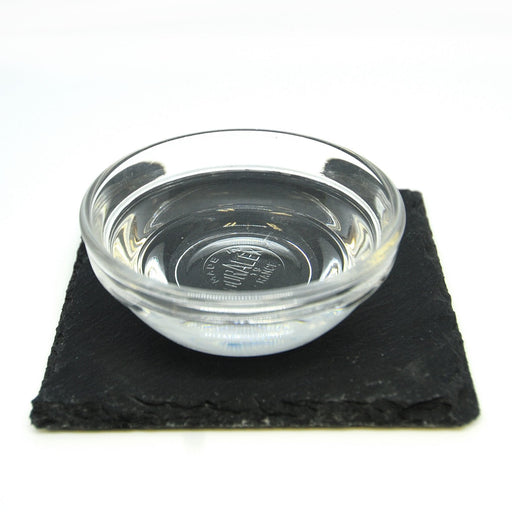Disodium EDTA
CAS No.: 139-33-3
EDTA, Ethylenediaminetetraacetic acid is a molecule which complexes metal ions in aqueous environments. It is available in four neutralizations, two of which, Disodium EDTA and Tetrasodium EDTA, are commonly used in cosmetics. Generally, the choice of which product to use is determined by the intended pH of your product. Disodium EDTA is commonly used in neutral to mildly acidic products, like most creams, lotions, and neutral pH liquid soaps and shampoos.
EDTA catalyzes metal ions, which can be present in any water-based system. These metal ions can react with formulation ingredients causing problems, including:
- Spoilage and rancidity
- Degradation of vitamins and essential fatty acids
- Fragrance degradation,
- Discoloration
- Haze formation and precipitation
- Poor foaming and rinsability performance.
EDTA also works synergistically with your preservative to improve preservative efficacy.
INCI: Disodium EDTA
California Prop 65 Statement: The following statement is made in order to comply with the California Safe Drinking Water and Toxic Enforcement Act of 1986. This product is not known to the State of California to cause cancer, birth defects or other reproductive harm.
SDS & Tech Data
Disodium EDTA Specification Sheet
Formulation Guide
Chelating agents should be added to the water phase of formulations early in the formulating process so product degradation can be prevented before it begins. EDTA chelating agents are only soluble in aqueous solutions and have only limited solubility in acidic media below pH 3.5.
Disodium EDTA has good solubility in water, but can take time to fully dissolve (15 - 30 minutes, or longer, depending on concentration). At a typical usage rate of 0.2% to improve preservative efficacy, even if not fully solubilized prior to incorporating it into your formulation, it is still efficacious. In creams or lotions, there will be no grittiness and it will not be seen. In clear or transparent gel, serum, or clear surfactant systems, use Tetrasodium EDTA, which is highly soluble in water. At low usage rates, it will not raise the pH unduly, but if it does, you can simply lower the pH of your formulation with a citric acid solution.
Recommended Usage Rate: 0.1-0.3%
Appearance: Powder
Storage: Store in a cool, dry place protected from humidity.
Shelf-Life: 24 months from date of manufacture
Try out these formulations using this ingredient:
